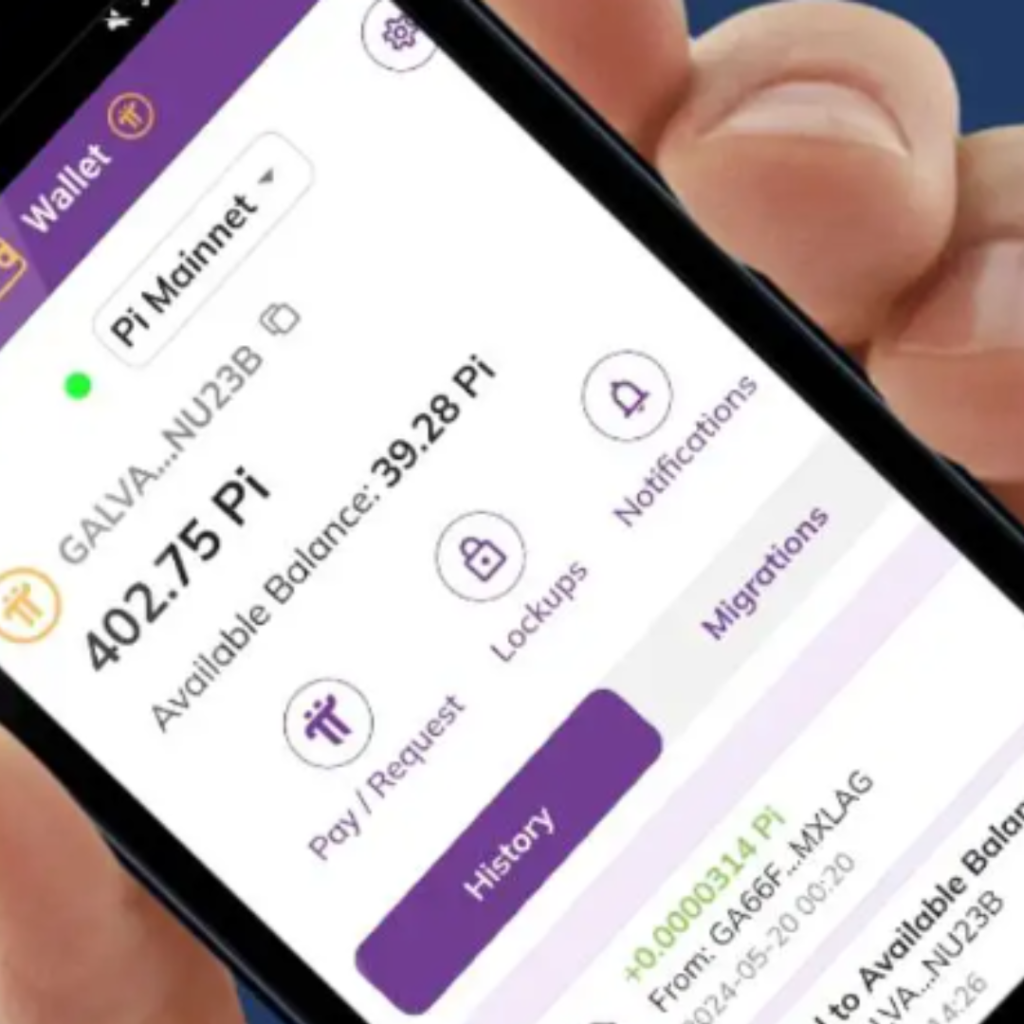Pi Coin Wallet: Everything You Need to Know

With the rise of cryptocurrency adoption, the Pi Coin Wallet has become a crucial tool for users looking to store and transact with Pi Coin. As the Pi Network continues to grow, understanding how to set up, secure, and use your Pi Coin Wallet is essential. Whether you're a new user or an experienced pioneer, this guide will walk you through everything you need to know about the Pi Coin Wallet.
What Is a Pi Coin Wallet?
A Pi Coin Wallet is a digital wallet that allows users to store, send, and receive Pi Coins securely. Unlike traditional cryptocurrency wallets, which require complex setups and high computing power, the Pi Coin Wallet is designed to be user-friendly and accessible to everyone. It is an essential component of the Pi Network’s ecosystem, enabling seamless transactions once the open mainnet is fully launched.
Why Do You Need a Pi Coin Wallet?
If you are part of the Pi Network, owning a Pi Coin Wallet is necessary to manage your mined Pi securely. Here are some key reasons why having a wallet is important:
1. Secure Storage
Just like any other cryptocurrency, Pi Coin requires a safe place to be stored. A Pi Coin Wallet ensures your assets are protected against unauthorized access.
2. Easy Transactions
Once the Pi Network becomes fully operational, users will be able to send and receive Pi Coins using their wallet. This makes transactions seamless and efficient.
3. Decentralized Control
Unlike traditional banking systems, a Pi Coin Wallet gives you full control over your digital assets, eliminating the need for intermediaries.
4. Integration with the Pi Network Ecosystem
The Pi Wallet is designed to work within the Pi Network ecosystem, enabling transactions, payments, and potential future DeFi applications.
How to Set Up a Pi Coin Wallet
Setting up a Pi Coin Wallet is a straightforward process. Follow these steps to create and secure your wallet:
Step 1: Download the Pi Wallet App
- The Pi Wallet is available for download on both Android and iOS.
- Ensure you download the official app to avoid security risks.
Step 2: Create Your Wallet
- Open the app and follow the on-screen instructions to generate a new wallet.
- The system will create a unique passphrase for you.
Step 3: Secure Your Passphrase
- The passphrase acts as your private key. Losing it means losing access to your Pi Coins.
- Store it in a safe place, preferably offline, to prevent hacking risks.
Step 4: Test Your Wallet
- Once set up, try sending or receiving a small amount of Pi Coin to ensure everything is working correctly.
How to Use Your Pi Coin Wallet
Once your Pi Coin Wallet is set up, you can start using it for different purposes:
Sending Pi Coin
- Open your wallet and enter the recipient’s wallet address.
- Specify the amount you want to send and confirm the transaction.
Receiving Pi Coin
- Share your wallet address with the sender.
- Wait for the transaction to be processed and confirmed.
Checking Your Balance
- Your wallet will display your current Pi Coin balance along with transaction history.
How to Keep Your Pi Coin Wallet Secure
Since cryptocurrencies operate in a decentralized manner, securing your Pi Coin Wallet is entirely your responsibility. Here are some best practices:
1. Backup Your Passphrase
Always keep multiple copies of your passphrase in secure locations. Avoid storing it on cloud services or emails where it can be compromised.
2. Enable Two-Factor Authentication (2FA)
Use additional security layers like 2FA to prevent unauthorized access.
3. Be Cautious of Scams
Never share your passphrase with anyone. Pi Network admins will never ask for it.
4. Regularly Update Your App
Keeping your wallet app updated ensures you have the latest security features and fixes.
Future of Pi Coin Wallet and Its Role in the Pi Network
As Pi Network transitions to an open mainnet, the role of the Pi Coin Wallet will expand significantly. Here’s what to expect:
1. Integration with Exchanges
Once Pi Coin is listed on major cryptocurrency exchanges, users will be able to transfer funds between their Pi Wallet and exchange wallets.
2. E-commerce and Payments
Businesses may start accepting Pi Coin as a payment method, making your wallet even more valuable.
3. Smart Contracts and DeFi
There is potential for Pi Network to introduce decentralized applications (DApps) and smart contract functionality, further increasing the utility of the Pi Wallet.
Common Questions About Pi Coin Wallet
Can I Create Multiple Pi Wallets?
Yes, but each wallet will have a separate private key, meaning you must manage multiple passphrases.
What Happens If I Lose My Wallet Passphrase?
Unfortunately, losing your passphrase means you lose access to your Pi Coins. There is no recovery option, so it’s crucial to store it safely.
Is the Pi Coin Wallet Free to Use?
Yes, the Pi Wallet is free to set up and use, with no hidden fees.
Conclusion
The Pi Coin Wallet is a vital tool for managing and securing your Pi Coins. Whether you’re storing your mined Pi, receiving payments, or preparing for future transactions, having a secure wallet ensures you’re ready for the next phase of the Pi Network’s growth.
As Pi Network moves toward full decentralization and integration with global markets, understanding how to use and protect your Pi Coin Wallet will be more important than ever. Stay informed, practice good security habits, and be prepared for the exciting opportunities that Pi Coin may bring in the future!

Leave a Reply